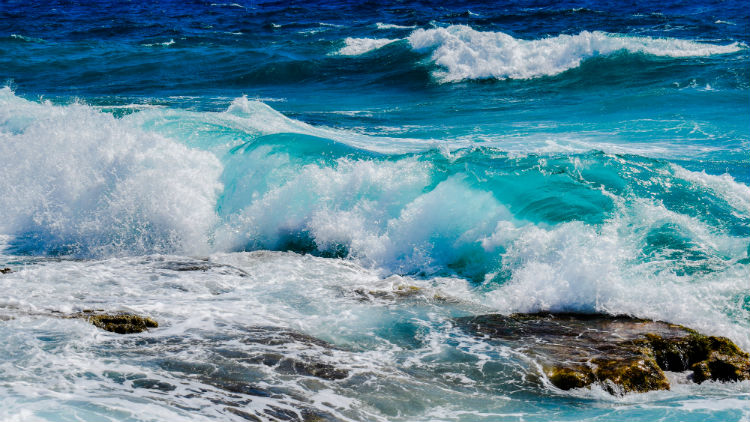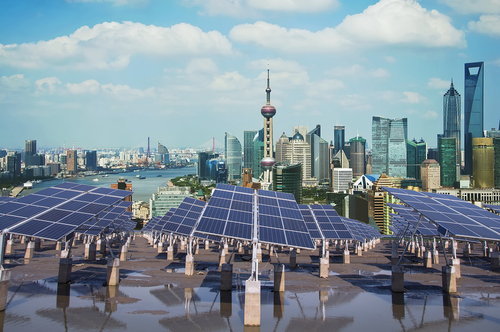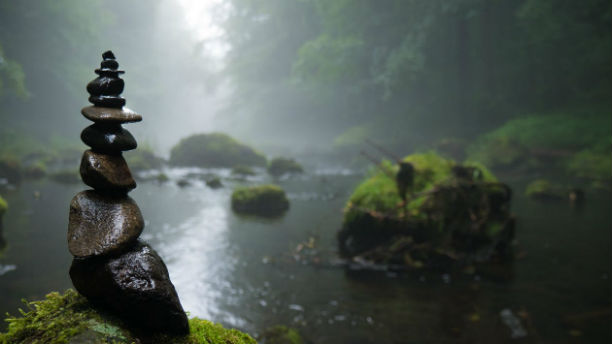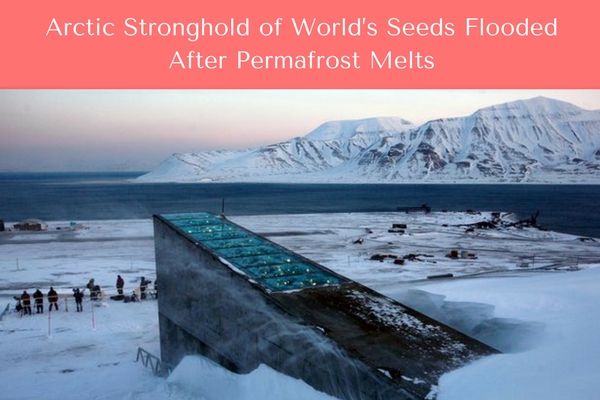For decades, Brazil’s Kayapo tribe has battled deforestation of their home. Now women are at the frontlines of the fight to save the rainforest. Concealed among dense Amazonian rainforest and grassy savannas are the simple palm-thatched dwellings of the Kayapo, one of Brazil’s best-known indigenous groups. Their scattered villages along the banks of the Xingu River are so remote that until the 1950s, the Kayapo people had virtually no contact with or knowledge of the outside world. Over the past three decades, Kayapo communities have been increasingly exposed to the outside world, bringing major shifts in the tribe’s social structure. One of the more recent and unexpected changes has been the emergence of three women chiefs, who are now in charge of villages spread across a vast swath of Amazonian rainforest.
Continue reading... →The process of restoring the ocean can help reduce poverty, increase food sources in coastal areas and provide income. A report designed for the UN World Ocean Conference suggests several ways humans can accomplish these goals, such as recovering and managing fisheries to revive the economy and alleviate poverty and hunger. The report, created by the Nippon Foundation — Nereus Program, highlights the issues of climate change due to global warming and how countries can work together to save the ocean and its marine life. One concern raised in the report is the rising sea levels, which are forcing fish to move to different locations, but more people are moving towards the coasts. To sustain ocean life, researchers are combining artificial intelligence (AI) with robotic technologies for efficient monitoring in places humans cannot go.
Continue reading... →A vast Chinese province of nearly 6 million people has generated all the power it needed for an entire week without using any fossil fuels, according to state-run Chinese media. Qinghai, a Tibetan plateau province in the country’s northwest, derived all of its power from wind, solar, and hydro-electricity from June 17 to June 23. The experiment was part of a trial run by the government to see if the electricity grid could cope without the kind of constant, reliable energy normally provided by fossil fuels.
Continue reading... →When was the last time you went outside just to enjoy nature? If it’s been a while, it might be time to head outdoors — especially if your mental health or productivity could use a boost. That’s because nature has been shown time and again to have healing benefits to those who simply spend time in the fresh air, around lush foliage, taking in incredible landscapes. But what exactly are the benefits of spending time in nature? Here are four ways the outdoors can improve your mental health and stoke your productivity.
Continue reading... →The town of Hanover, New Hampshire voted on May 9th to establish a goal of transitioning to 100 percent clean and renewable energy by 2050. The article approved at the Tuesday May 9th town meeting sets a community-wide goal of transitioning to 100 percent renewable electricity by 2030 and a 2050 goal of transitioning heating and transportation to run on clean, renewable sources of energy.
Continue reading... →If you’ve tried random tips to minimize your energy use at home and are wondering why it hasn’t affected your electricity bill, not even one bit, your efforts may not be enough. Although there are a lot of cost-saving tips to follow that effectively conserve energy, you might be missing ONE thing. Here is an infographic about how to save money and conserve energy at home.
Continue reading... →In most U.S. households, it’s no big deal to get up in the middle of the night for a drink of water. It happens to many of us, and we don’t give it much of a second thought. Despite some notable recent exceptions, there is an abundance of clean and safe drinking water in this country. But do you really know where your drinking water comes from? Do you know about the infrastructure needed to deliver water to millions of homes each and every day? For many people, the water infrastructure issue came to the forefront during the crisis in Flint, where water from the Flint River was 19 times more corrosive than water from Detroit. The state Department of Environmental Quality violated federal law by not treating the river water with an anti-corrosive agent, according to a class-action law suit. The situation in Flint is one example of the country’s crumbling water infrastructure. Six billion gallons of treated water is lost each day due to leaky pipes, and the American Water Works Association (AWWA) estimates that we need $1 trillion to meet demands over the next 25 years.
Continue reading... →







